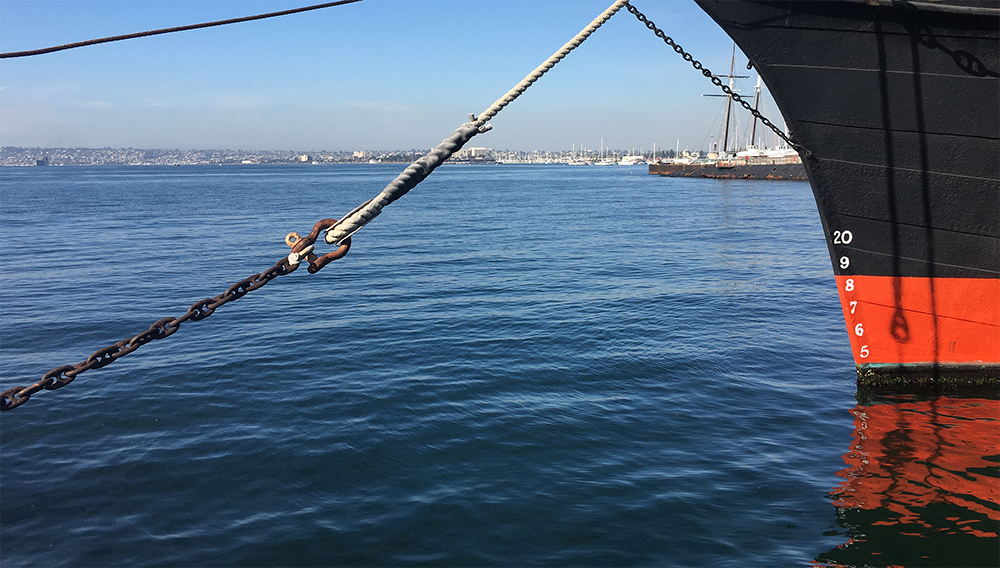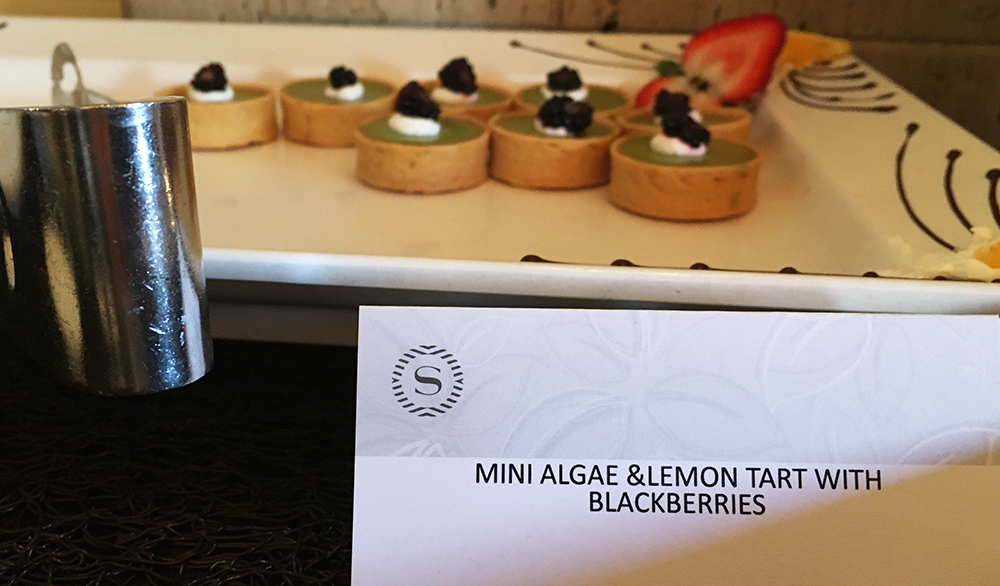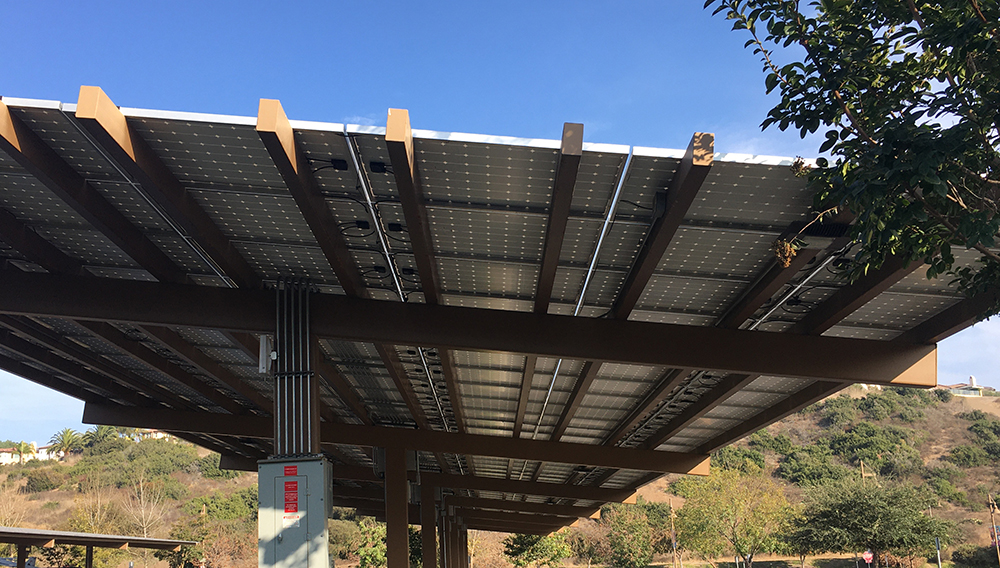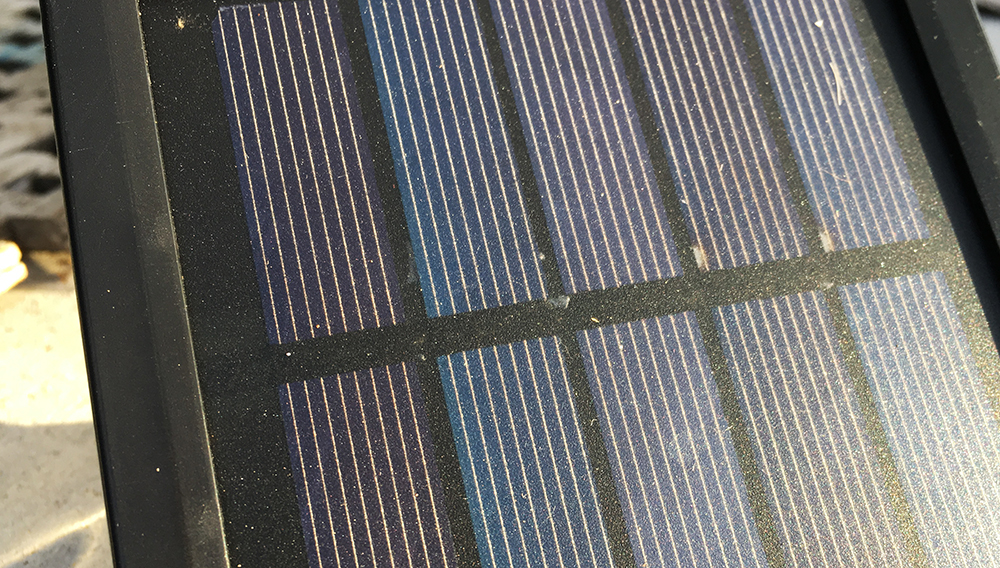I promised more updates about the inspiring talks at Blue Tech Week and Green Connections, so here is another one. Ingvar Mathisen, the CEO of the Port of Oslo, talked about his plans to become a carbon neutral port.
So, this week’s story brings us to a place far, far north. This time of the year it’s quite cold and dark with under 6 hours of daylight. Imagine snowy streets and a bustling port, with ferries, cruise and container ships, and terminals, beautifully decorated with Christmas lights.
What does the Port have to do with Climate Change? According to project drawdown, transportation produces 14% of all emissions. 80% of global trade is done by ship and while ships have far less emissions than planes or cars, they still emit a lot. Shipping produces 3% of global greenhouse gas emissions as well as other harmful air pollutants.
Ingvar told us about the city of Oslo’s ambitious plan to cut greenhouse gas emissions by 95% by 2030. The Port of Oslo is following by planning to reduce emissions by 85% by 2030. His goal is to become emissions free in the long term. How does he plan to do this? Here is a breakdown of current emissions:

The left side shows that the Port of Oslo contributes 4% to city wide emissions. In the port, foreign and local ferries and container ships are the biggest emitters. On the right side are the Port of Oslo’s emissions by segment. The biggest chunks comes from in-port activity, for example electricity and heating for cruise ships while docked. Transitioning people and goods makes up for another big chunk of emissions, followed by land activities such as port facilities. In his talk, Ingvar highlighted how they plan to cut these emissions:
- Shore power to meet the need for clean electricity when docked
- Use of district heating to meet the need for steam when docked
- Emissions free handling of goods and freights in the port
- Electrification and battery hybrid solutions on entry to and exit from the port
- Ships running on alternative fuels such as liquid biogas and biodiesel
- Long term goal: Ships running on Hydrogen
I wrote about hydrogen powered cars before. Powering ships is interesting, too. While hydrogen would allow ships to produce their own zero emissions solutions on board, the technology is not ready for commercialization.
What I like most about Ingvar’s talk is how inspiring it is. If one port plans to decarbonize, ships might shy away and choose other ports instead. The good news is that ports like Los Angeles, Amsterdam, and Valencia have zero emission plans, too. Let’s hope this movement catches momentum so the entire transportation and shipping industry can cut emissions drastically.







